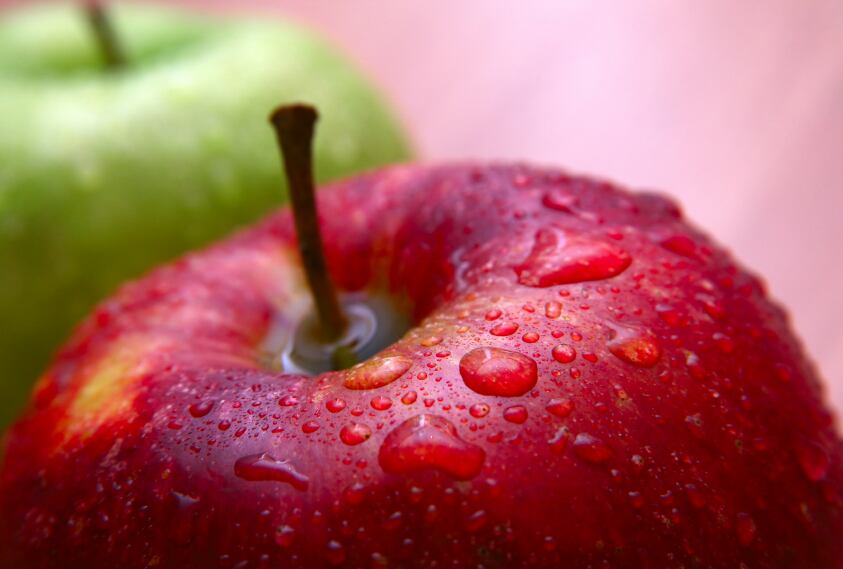In its annual report on pesticide residues, the European Food Safety Authority (EFSA) also found that around 51% of samples analysed were free from any quantifiable residues.
“This report confirms the high level of compliance of food on the shelves in the EU. Every year, thousands of food products are controlled by Member States to check that the legal limits are being respected. We owe it to European citizens to make sure that the EU's food chain not only remains the most stringent and controlled in the world but is one that we are very serious about continuously improving,” Vytenis Andriukaitis, EU Commissioner for Health and Food Safety, said.
The 2016 report analysed 84,657 samples for 791 pesticides. EFSA revealed that food from countries outside the EU and European Economic Area were more likely to have pesticide residues in excess of legal limits. Legal limits were exceeded in 2.4% of samples for products from EU and EEA countries, legal limits were exceeded in 7.2% of the samples from non-EU countries, the safety watchdog revealed.
The results actually represented a slight dip from prior year results. The current report found 96.2% of samples were within legal limits and 50.7% were free of quantifiable resides, this compares to levels of 97.2% and 53.3% respectively in the prior reporting period. EFSA attributed this difference to the inclusion of chlorate residues, a compound first included in the 2016 data.
As part of its annual report, EFSA analyses the results of the EU-coordinated control programme (EUCP), under which reporting countries analyse samples from the same “basket” of food items and for the same pesticides.
For 2016 the products were apples, head cabbage, leek, lettuce, peaches, strawberries, tomatoes, rye, wine, cow’s milk and swine fat.
The lowest MRL exceedance rates were identified for rye (0.7%), followed by head cabbage (1.1%) and strawberries (1.8%). The highest exceedances were found for apples (2.7%) and tomatoes (2.6%).
EFSA performed an acute (short-term) and chronic (long-term) dietary risk assessment, based on the results of the EUCP programme. In both cases the health risks to consumers were considered to be low.

